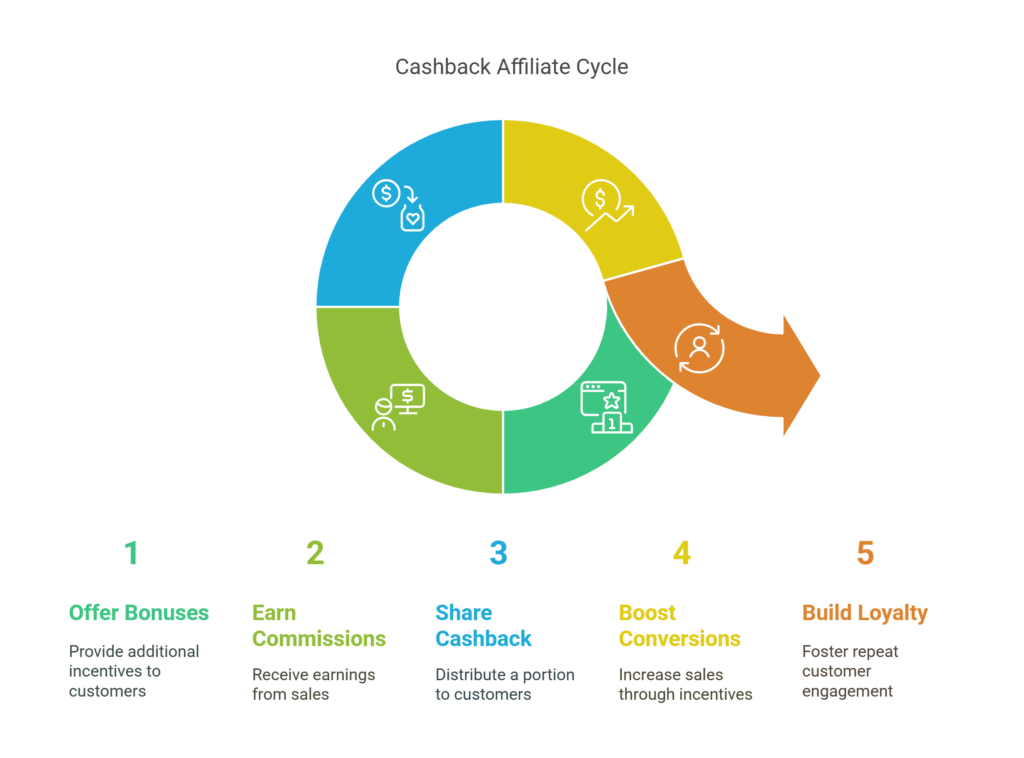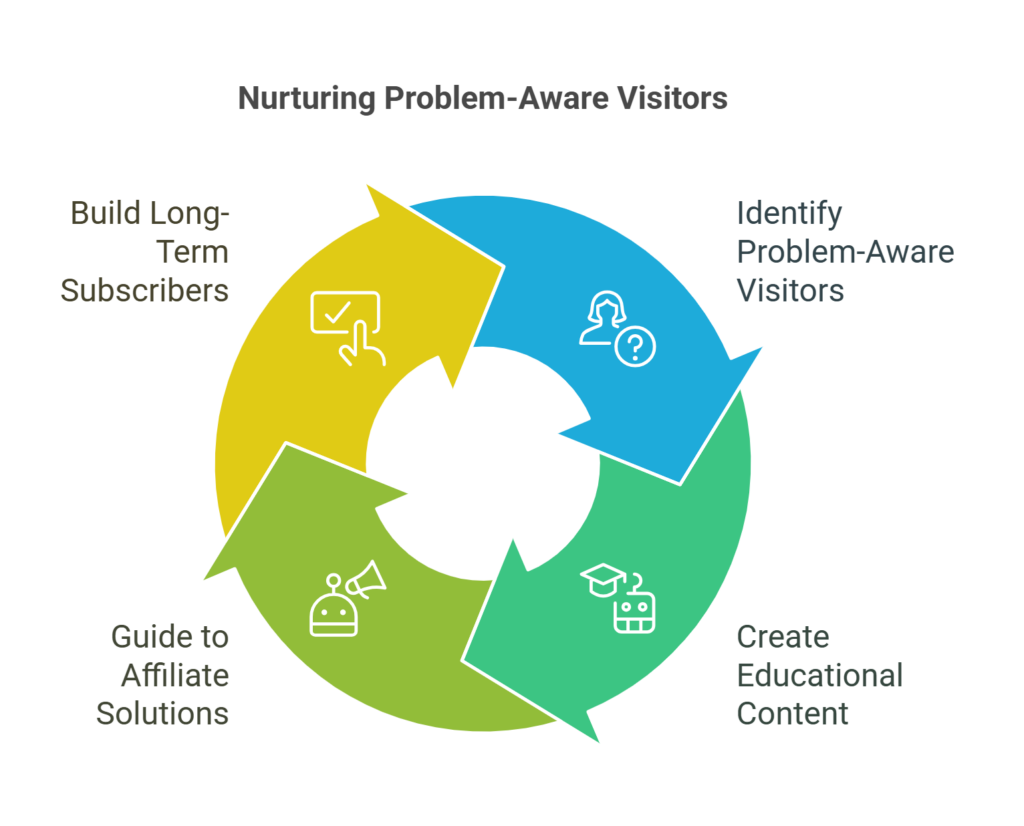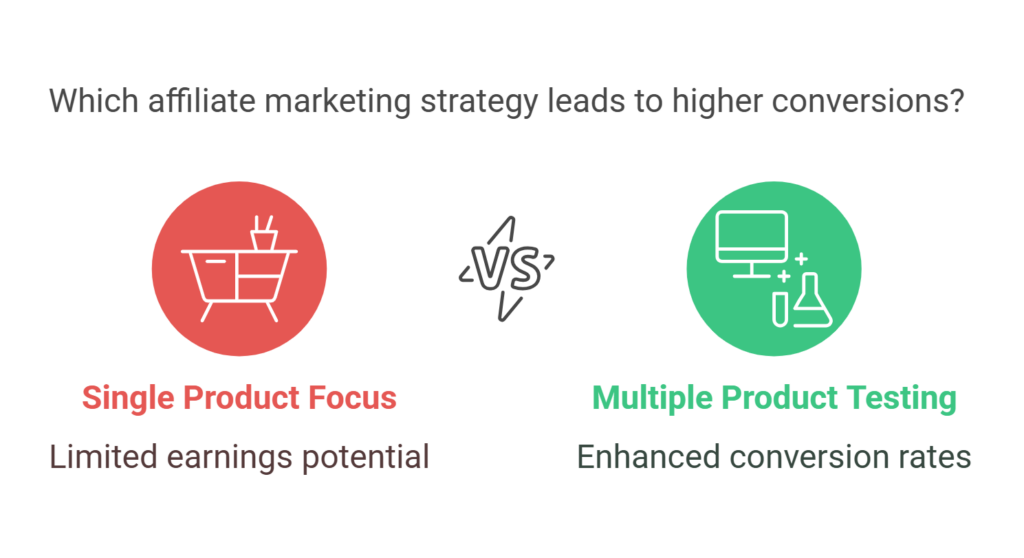You’ve probably heard all about affiliate marketing—making money from home, passive income, all that good stuff, right? Sounds pretty sweet.
And it can be—but let us tell you, there are some sneaky little affiliate marketing mistakes that affiliates often make without even realizing it. We’ve worked with a number of affiliates and we have realized some beginners making the same slip-ups every time they start affiliate marketing.
Let’s get real and talk through these common mistakes that most new affiliates make.
11 Common Affiliate Marketing Mistakes [New Marketers Make] #
1. Going After the Big Money (Without Considering Your Audience) #
We’ve all been tempted to chase after the products offering huge commissions. But honestly, if the product doesn’t match your audience’s interests or solve their problems, you’re shooting yourself in the foot. Once your followers lose trust, it’s hard to win them back.
Instead, focus on recommending products that genuinely resonate with your audience. Choose quality and relevance over flashy commissions. Your audience will thank you, and the money will follow naturally.
2. Using Default Affiliate Landing Pages #
Did you ever notice how most affiliates direct traffic straight to the product vendor’s default landing page? Sure, it’s quick—but you’re leaving money on the table. These default pages are often too generic and not tailored specifically to your audience’s needs.
Consider creating custom landing pages tailored specifically to your visitors’ concerns. It may take a bit more effort, but personalized pages can significantly boost your conversions and set you apart from other affiliates.
3. Ignoring the Vendor’s Email Follow-Up Sequence #
Most affiliates sign up, grab their affiliate link, and that’s it. But did you ever stop to think about what happens after your referral signs up to a vendor’s mailing list? Sometimes, vendors use aggressive tactics or promote competing offers that steal your commissions down the line.
Do your homework on the vendor’s email sequence before you commit to promoting their product. Sign up as a customer yourself to see exactly what your referrals will receive. You’ll avoid unpleasant surprises and protect your commissions.
4. Not Leveraging Bonuses to Sweeten the Deal #

Sometimes, people hesitate to buy through an affiliate link because they figure, “I can just buy this directly from the company.” But what if they got something extra for buying through your link?
Offer a small bonus—maybe a free guide, exclusive templates, or think about building your own cashback website. It gives people a reason to buy through you instead of just going straight to the vendor.
The way cashback apps work is simple: you partner with vendors, earn a commission on sales, and then share a portion of that commission with your customers as cashback. This turns your affiliate business into a win-win, where both you and your audience benefit.
A cashback model not only boosts conversions but also builds long-term loyalty. Customers are more likely to return to your site to earn more cashback on future purchases, making your affiliate business sustainable and highly profitable.
Launch your own cashback website in just 14 days with Enactsoft’s ready-to-use cashback scripts! Explore our products
5. Ignoring Product Longevity and Stability #
Here’s a sneaky mistake: promoting products that look profitable now but won’t last. Ever experienced promoting a product heavily, only for the vendor to vanish or discontinue support a few months later?
Check the vendor’s track record, user reviews, and product support before heavily investing your time and effort. A stable product with good support is always a smarter long-term bet.
6. Focusing Only on Buyer Keywords (Ignoring Problem-Aware Visitors) #

Most affiliates chase only “buying intent” keywords. But here’s something they miss: visitors who are just problem-aware but not yet ready to buy can become long-term subscribers if nurtured correctly.
Create content targeting these “problem-aware” users. Help them understand their issue clearly, educate them, and slowly guide them toward the affiliate solution you’re promoting. You’ll get ahead of competitors who skip straight to buyers only.
But you can’t just guess what problems people are struggling with before they start looking for deals. Smart affiliates actually go where their audience vents: Reddit threads about expensive purchases, Facebook groups where people complain about overspending, or comment sections under popular finance blogs.
If you’re looking to start an affiliate website that connects with people early in their buying journey, focus on creating content around real pain points like “how to save money on groceries,” or “finding deals without falling for fake discounts.” These people aren’t ready to hunt for coupons yet, but they’re perfect candidates to become loyal subscribers who’ll come back when they are ready to save.
Related article: SEO checklist for affiliate marketers
7. Not Negotiating Higher Commissions #
Did you know many vendors are open to negotiation—especially if you’re consistently sending quality traffic? Yet, most affiliates never even ask.
Always try negotiating a better commission structure once you’ve established yourself with consistent traffic and sales. You might be surprised how quickly vendors say yes!
8. Not Split-Testing Different Affiliate Offers #

Most affiliates pick a product and stick with it. But what if there’s a better converting product out there? Without testing multiple offers, you’ll never know.
Experiment with different products within your niche. Run A/B tests on your pages to see which offers generate higher conversions. Sometimes a small tweak—like a different vendor, a more compelling offer, or a different pricing model—can lead to a big boost in earnings.
Related: Digital Vs Physical products in affiliate marketing
9. Overlooking Lifetime Commissions and Recurring Offers #
Many affiliates chase big one-time commissions, but they ignore recurring revenue opportunities. Promoting a product with a monthly subscription model might earn you less upfront, but it builds a consistent, long-term income stream.
Look for offers with lifetime or recurring commissions. SaaS tools, memberships, and subscription boxes often have these. It’s a game-changer for building passive income over time.
10. Sending Traffic Straight to an Affiliate Link Instead of Capturing Emails First #
You send someone directly to a product page, they don’t buy, and they leave forever. Sound familiar? That’s because you’re skipping the most valuable step—email capture.
Instead of linking directly to an affiliate offer, consider using a bridge page or an email opt-in page first. That way, even if they don’t buy right away, you can follow up later and increase your chances of converting them down the line.
11. Missing Out on Retargeting Opportunities #
Retargeting is huge—but many affiliates overlook it entirely. They rely on direct conversions alone, missing the chance to capture visitors who clicked but weren’t ready to buy immediately.
Set up retargeting campaigns through platforms like Facebook or Google Ads. This gives you a second (or third!) chance to convert interested visitors into buyers, drastically improving your overall return on investment.
Conclusion #
Affiliate marketing isn’t just about promoting products—it’s about playing the game smarter than everyone else. The real winners aren’t the ones who work the hardest but the ones who spot hidden opportunities, tweak the right levers, and create systems that work for them.
Most affiliates get stuck in a cycle of chasing commissions without thinking about sustainability. But the real money? It comes from building an ecosystem—one where your audience keeps coming back, your conversions get stronger over time, and your efforts compound into something bigger than just another sales page.
So, here’s the question: Are you just another affiliate marketer blending into the crowd, or are you building something that lasts? If you want to future-proof your earnings, stand out, and create real customer loyalty, now’s the time to rethink your strategy.
And if a cashback website sounds like the move that sets you apart, you don’t have to build it from scratch.
With Enactsoft’s ready-to-use script, you can launch in just 14 days and turn your affiliate business into a long-term, high-value machine.



